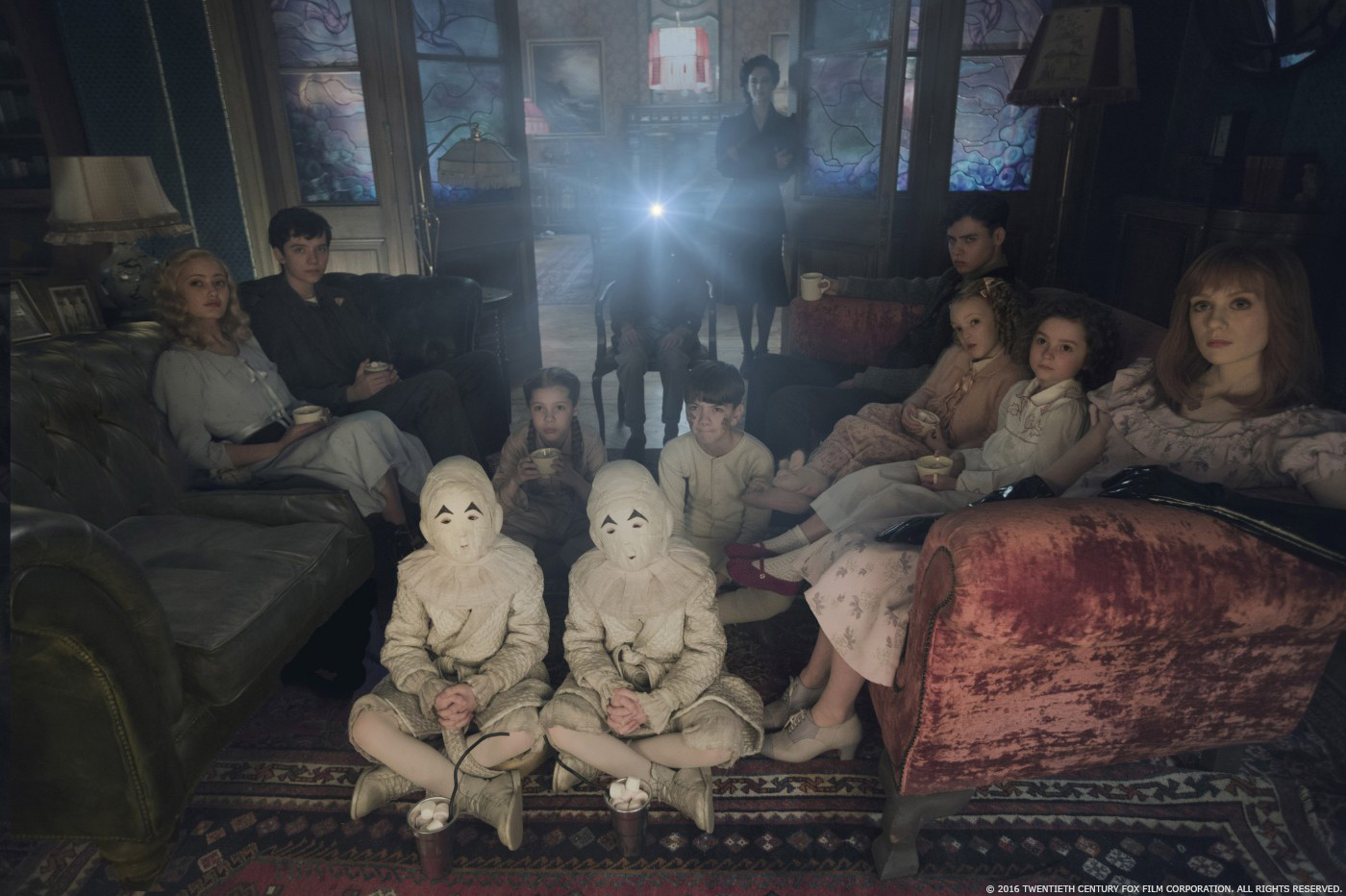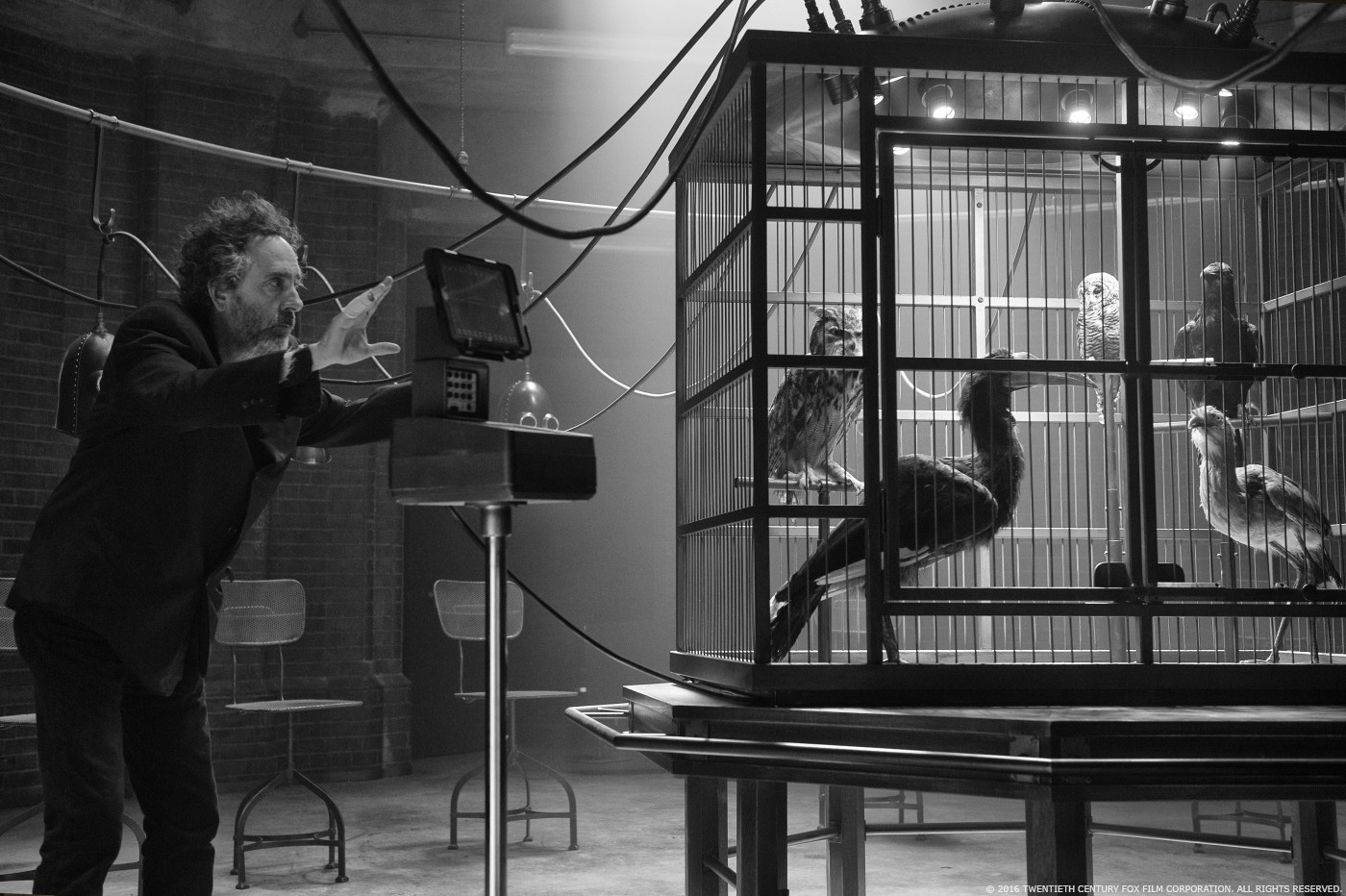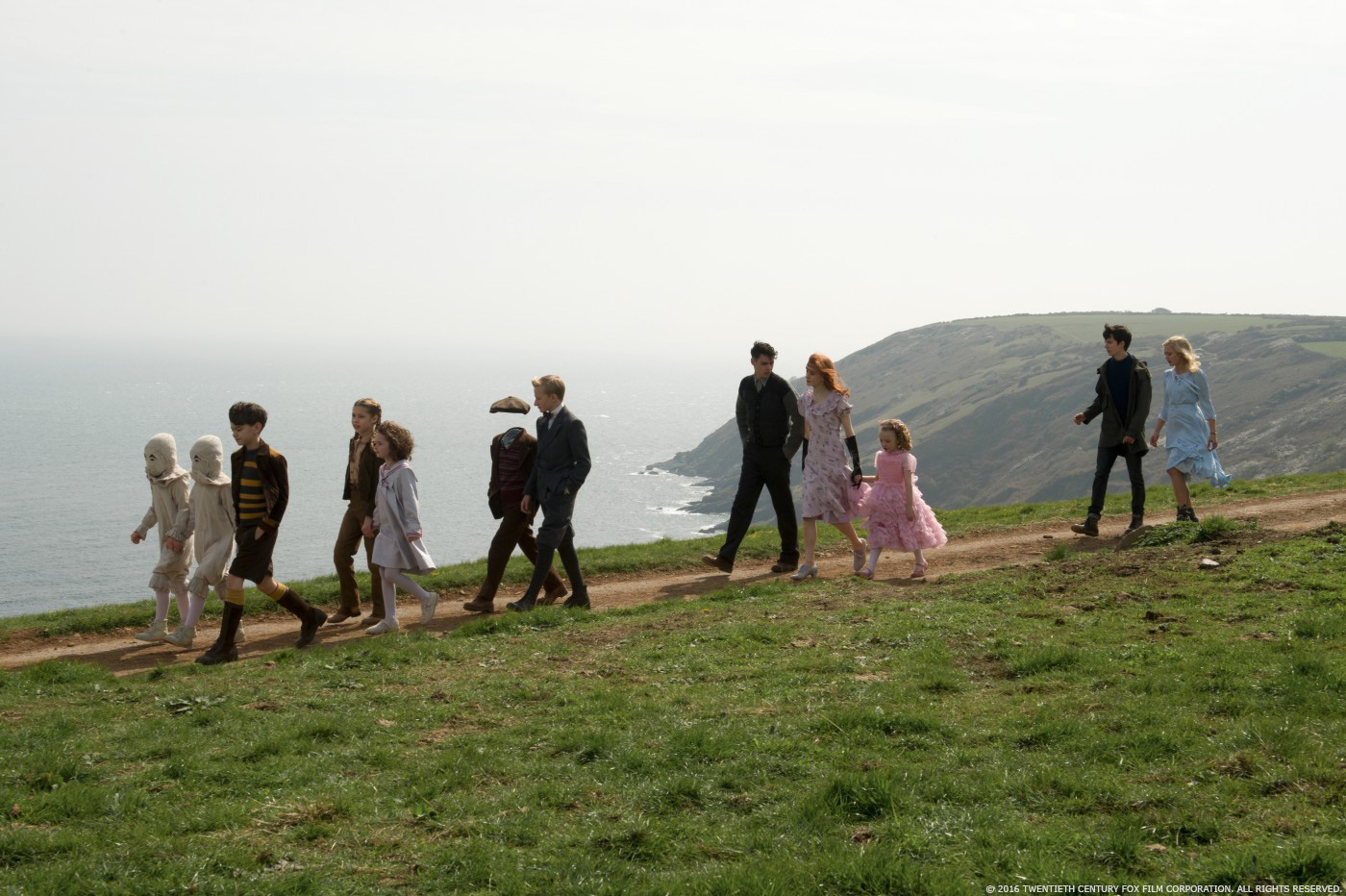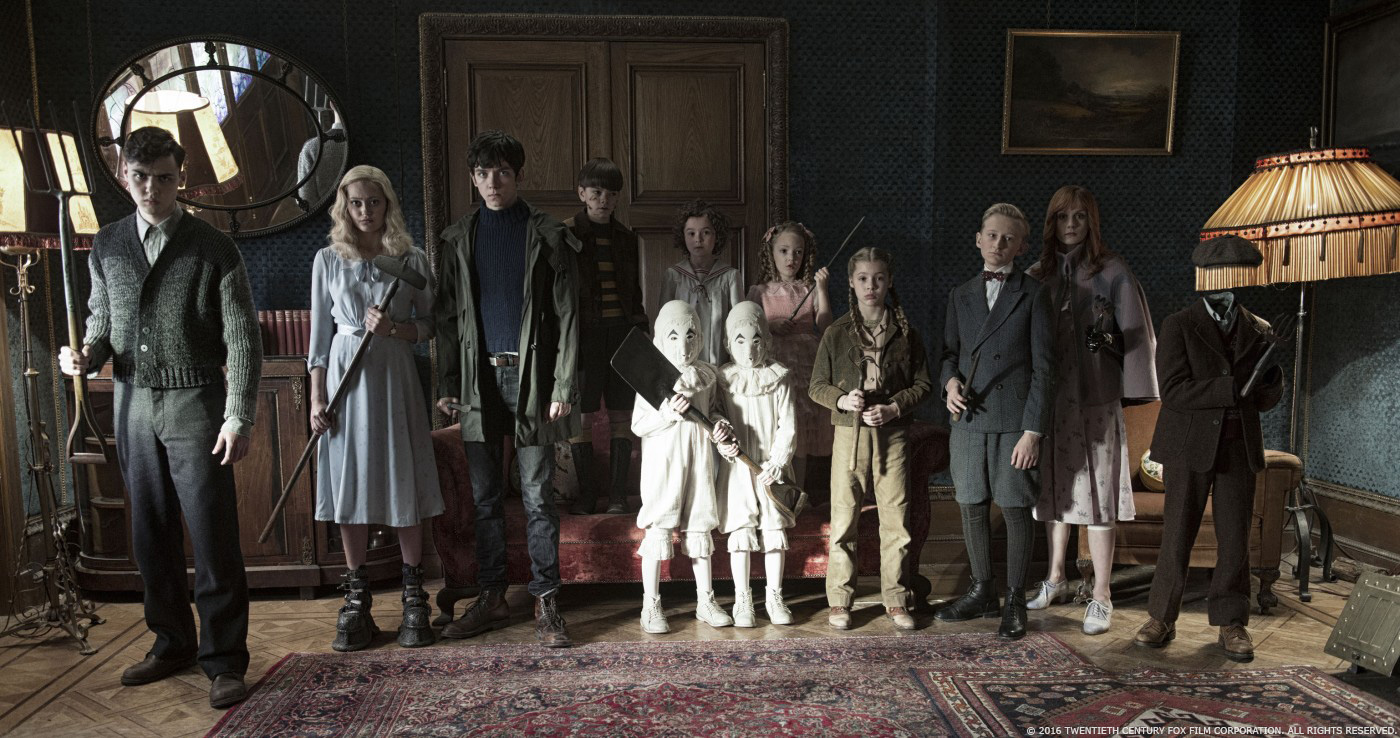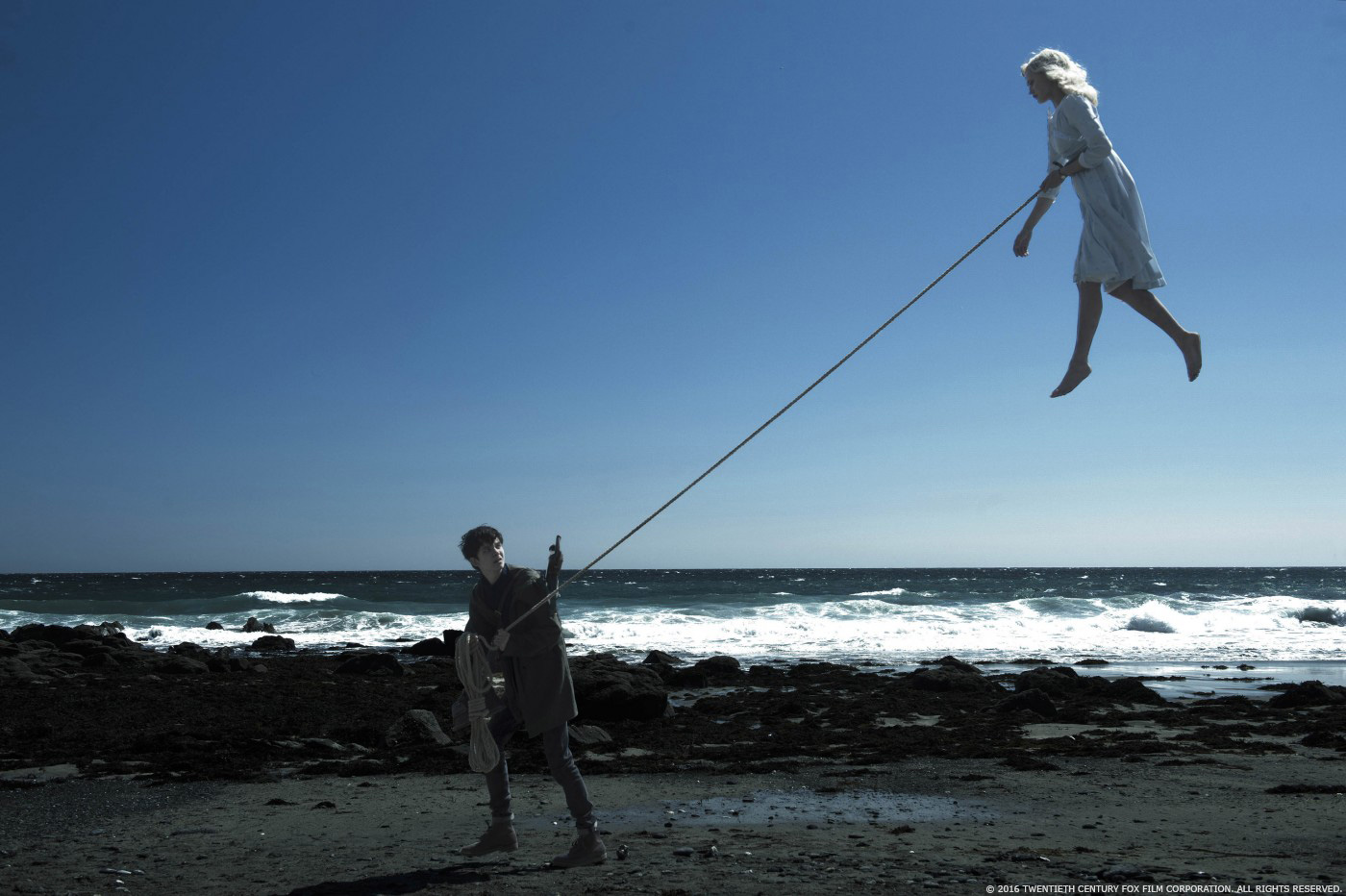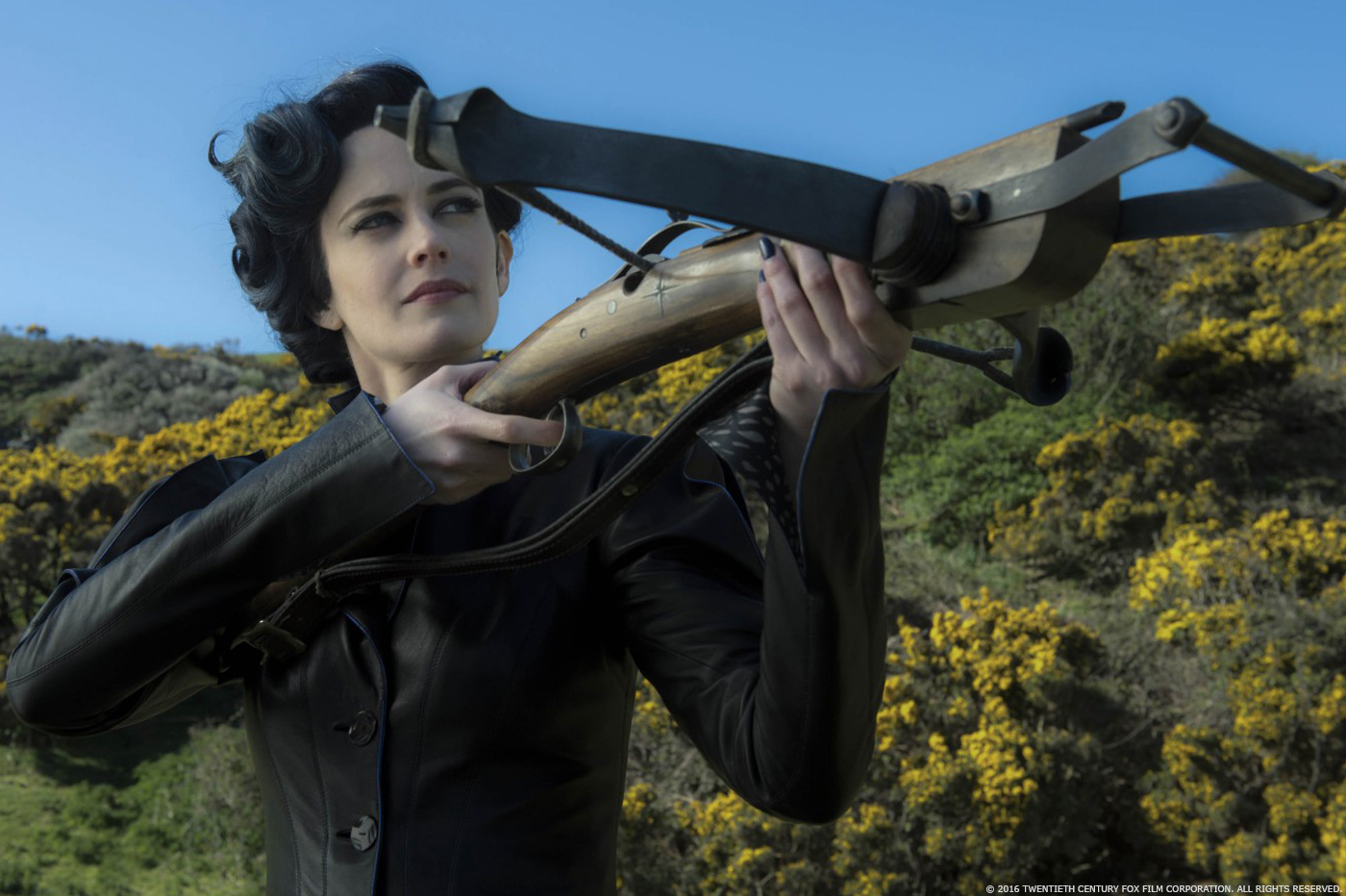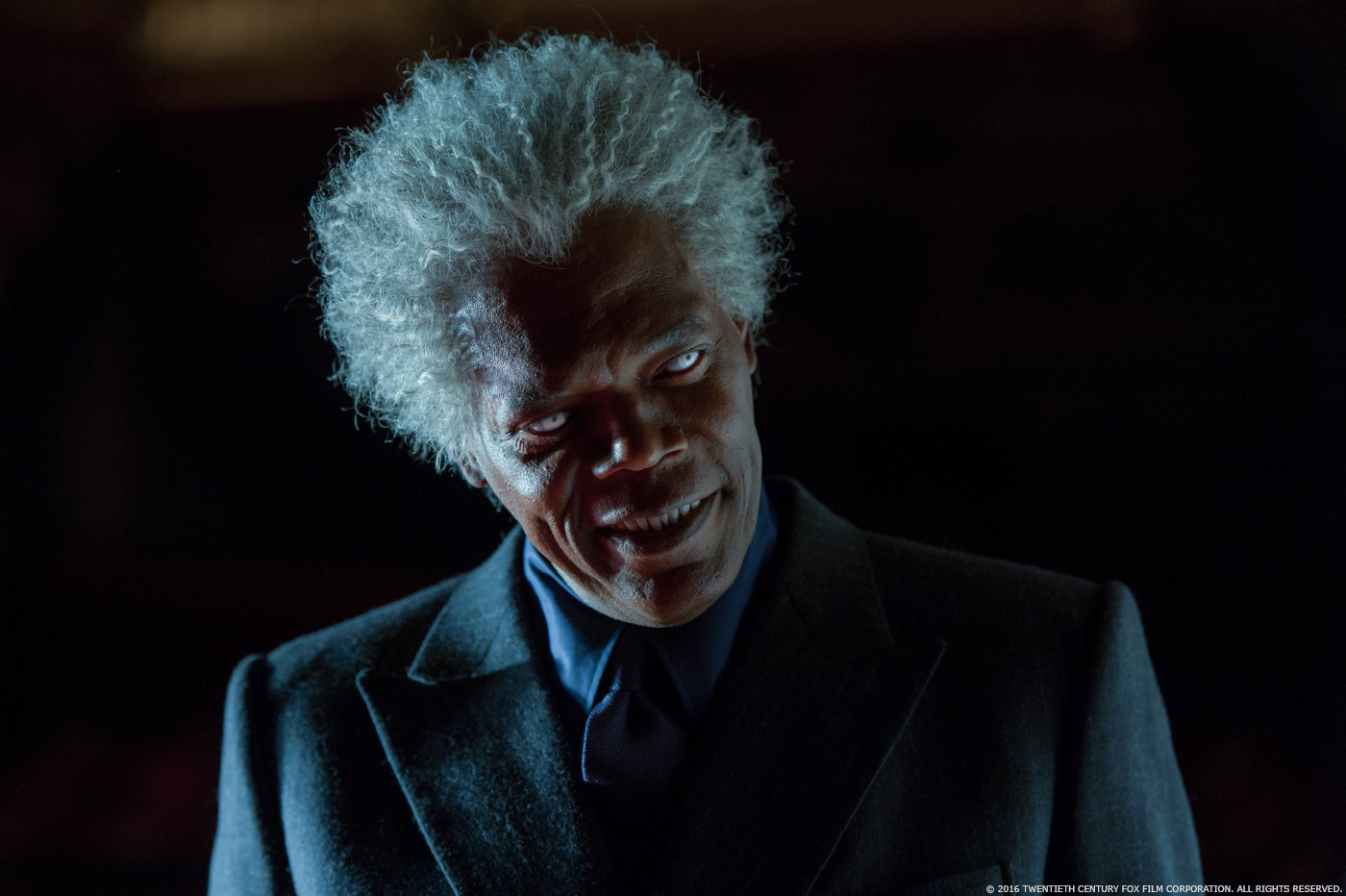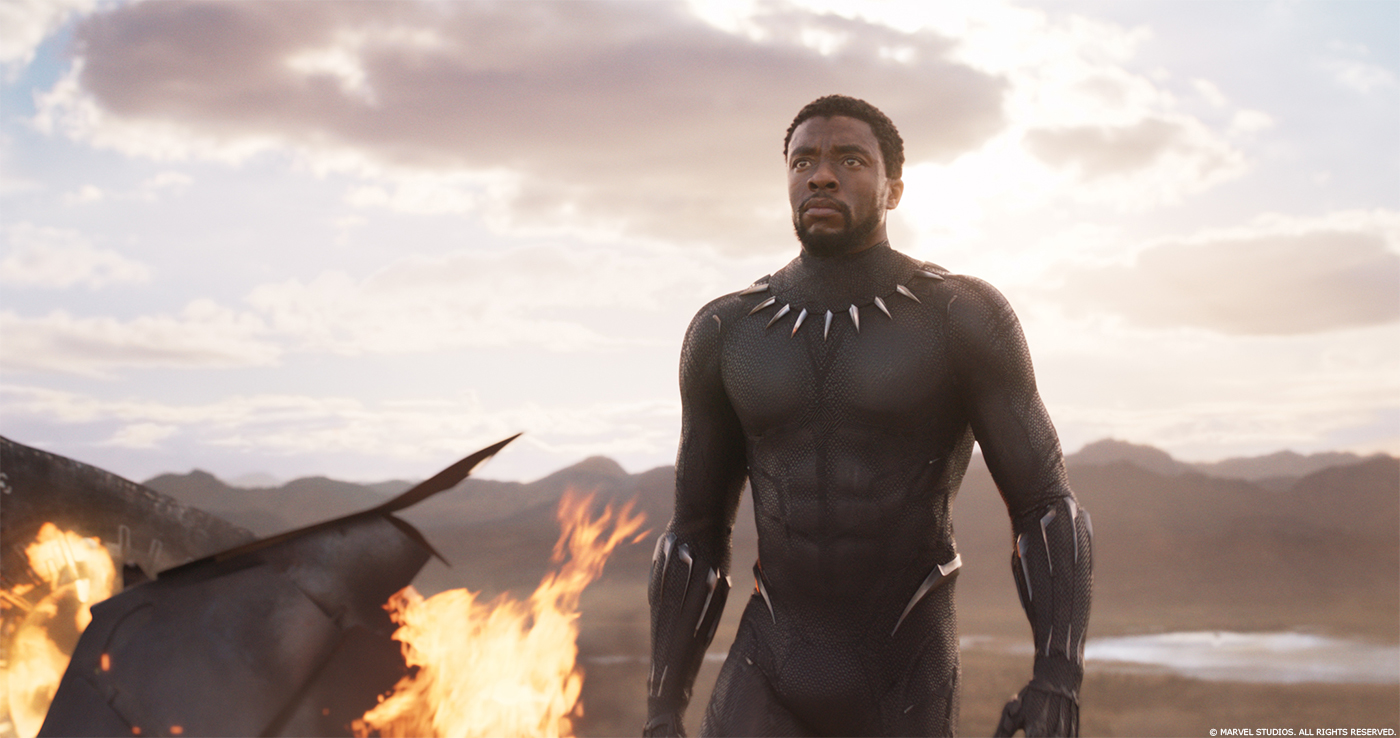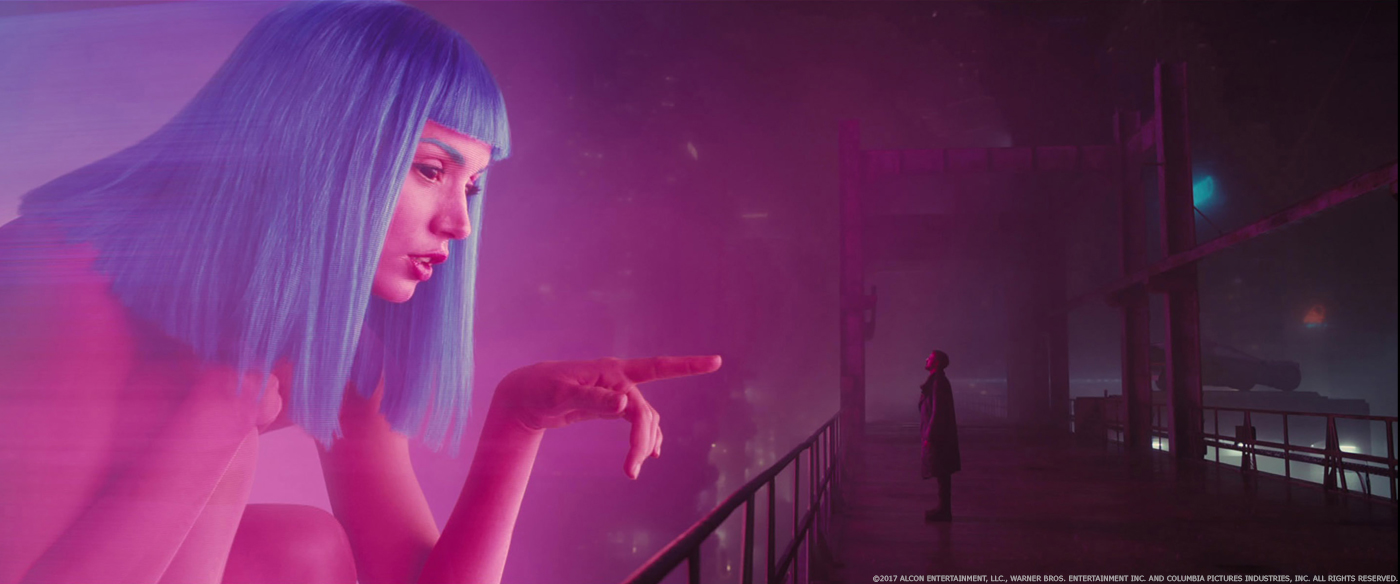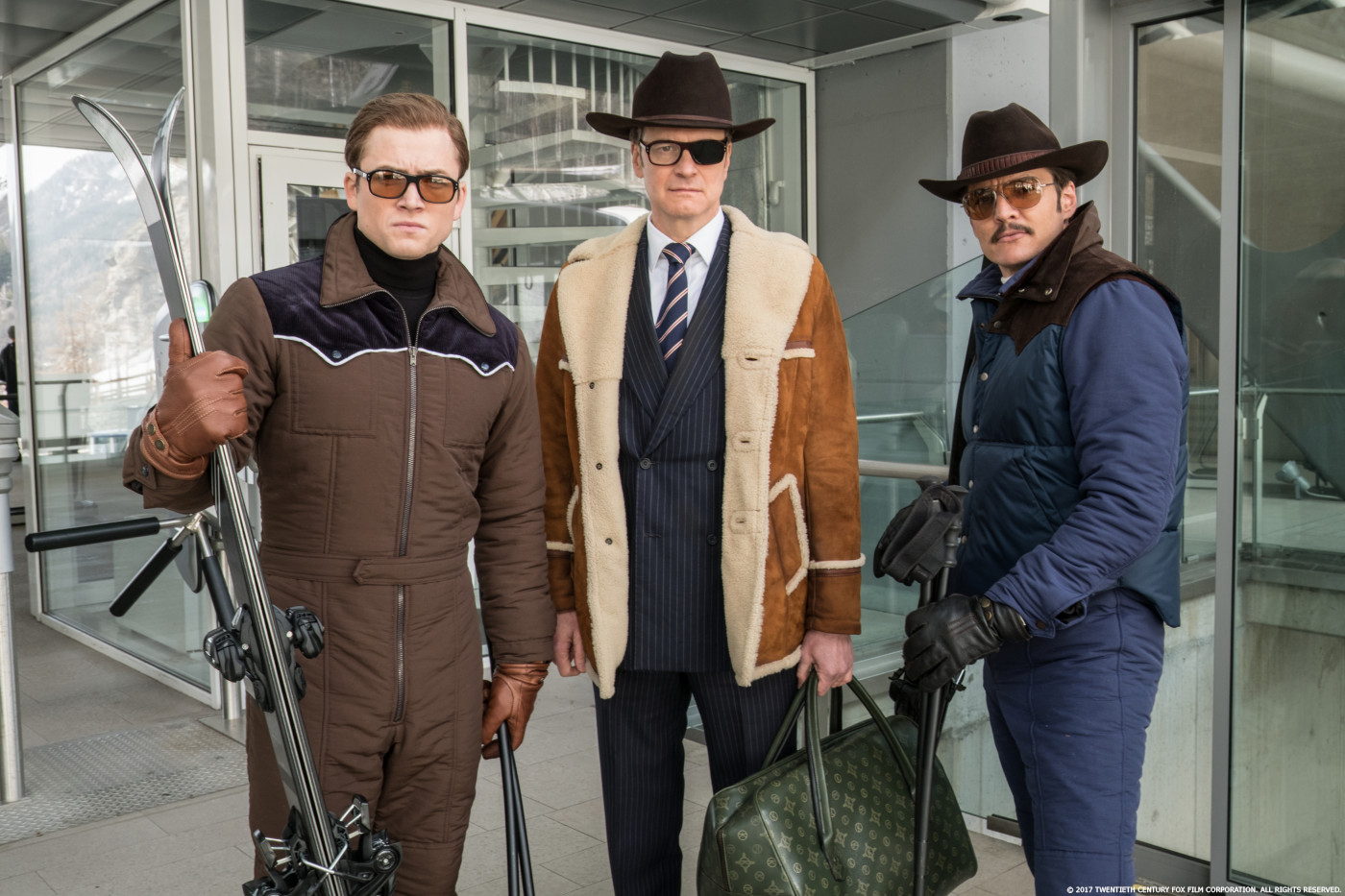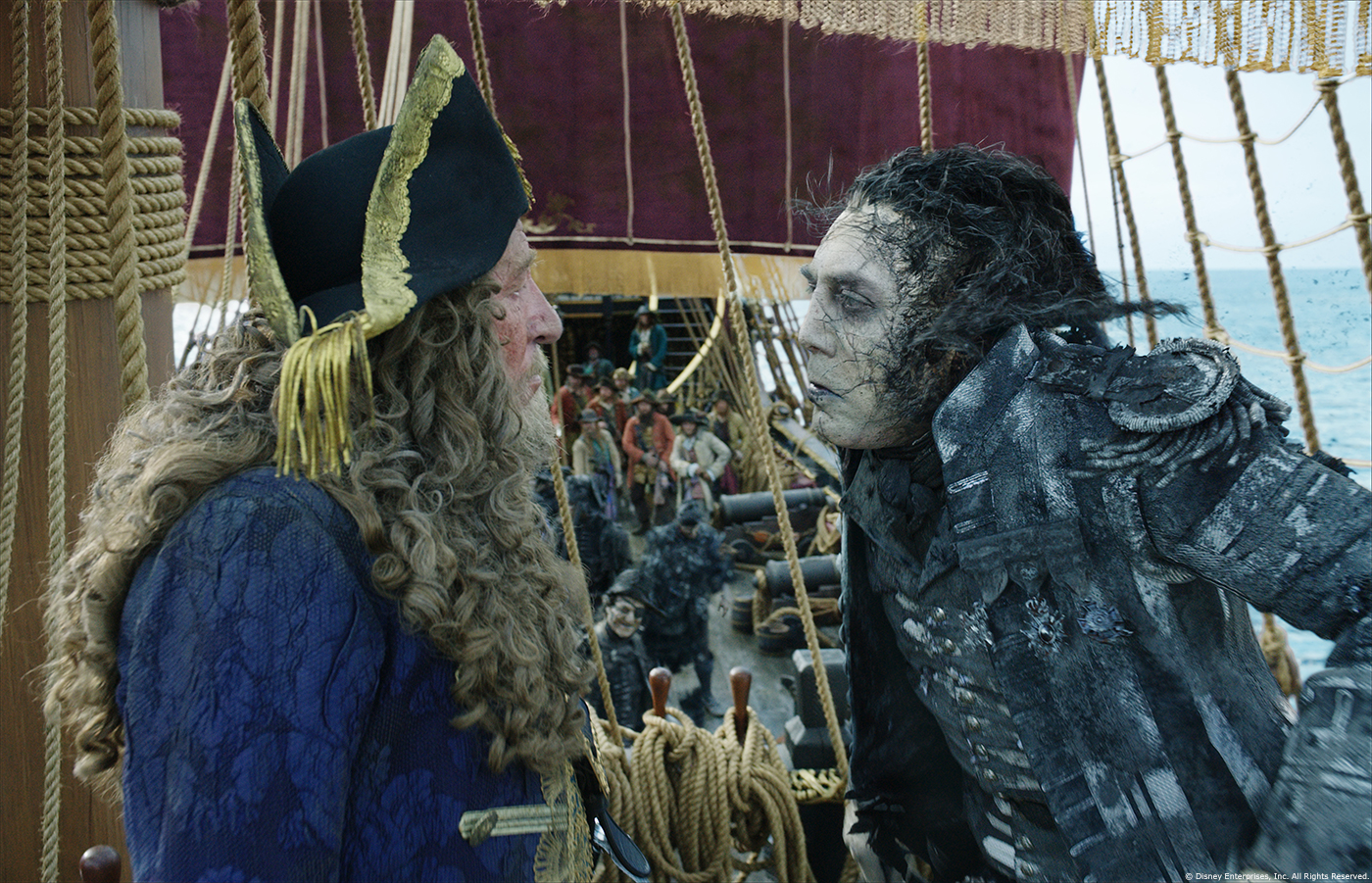In 2013, Frazer Churchill explained to us about the work of Double Negative on THE WORLD’S END. He then became independent VFX supervisor and works with the legendary film director Tim Burton.
How did you got involved on this show?
I had a call from a Producer called Nigel Gostellow in February 2014. He wanted to meet about an unspecified project. We mostly discussed the work I had done on Edgar Wright’s THE WORLD’S END. I showed him some early test/proof of concept work that I had shot & produced for the film. The meeting went well, as they sometimes do. Shorty after the meeting, Nigel called me and asked if I could meet Tim Burton at his house the next morning. It was exciting.
Tim’s House is kind of Gothic, as you may suspect, so I approached with some trepidation, a stone skull at the door threw me off my guard, the door creaked open and I walked in… various Burton-esque posters & statuette’s lined the corridors… to cut a long story short I was offered the job that day.
Reading the script was a real pleasure, soon after I read the source Novel; Ransom Riggs best selling book of the same name. Interestingly, the book reads like a Tim Burton movie and the script, which departs considerably from the book at key points, contained many well known Tim Burton flourishes : Skeletons, Squirrels, Outsiders struggling for their place in the world as well as the inclusion of one of Tim’s favourite British places; Blackpool, as a key location in the story. It was a truly unique story.
How was this first collaboration with director Tim Burton?
It was fantastic. Tim is an artist. He has a unique way of expressing himself. He has a background as an animator so his process and his means of expression are not what you’d necessarily expect. His approach to narrative is expressionistic. It was great to understand him and be able to offer him ideas that he got excited about.
What was your feeling to work with such an iconic director?
I feel privileged to do the job that I do anyway but the opportunity to work closely with Tim was unbelievably exciting. He’s a Legend. He’s a cultural figure that everybody knows and recognizes. I think you’ve achieved legendary status when people can legitimately put the word –esque after your name and everybody knows what it means. Burton-esque, we all know what that is, right?
What was his approach and expectations about the visual effects?
Tim wanted the film to be a location based movie, he didn’t want it feeling stage bound or greenscreeny. He wanted the film to be grounded in photographic realism and not feel too magical. Tim relies heavily on VFX to tell his stories and has always embraced the latest and greatest tools & techniques. He offered me complete control of the VFX and was happy for me to choose the vendors and design sequences. He remembers when you couldn’t even remove a wire from a shot so he really appreciates what he’s able to do now.
How did you organize the work with VFX Producer Hal Couzens?
Hal & I have known each other for many years. We quite quickly had a shorthand for working together and saw things the same way. Hal’s really experienced and he gets things done.
Can you describe one of your typical day during the pre-prod, on-set and then during the post?
Pre-Prod. Would involve working with storyboard & previs artists designing the time-rest sequence or the skeleton battle. There’d always be a number of creative & logistical decisions to make. Whether it’s planning an Aerial shoot in Blackpool or photoshopping location stills into schematic concepts for the previs artists. We’d also have very long & detailed production meetings, it’s one thing to devise a way of shooting a sequence but it’s quite another to get everybody on board with it. I would often be in the Art Dept. with Prod Des Gavin Bocquet & Sup Art Dir. Peter Russell. Whenever I had a new concept to present or discuss I’d schedule time with Tim. Hal & I worked hard on a Vendor Plan & Creative brief in order to get work awarded early so the Vendors could creatively get into their work.
Being on-set getting the film in the can is at the heart of what we do. I’m always prepping creatively for what’s coming up schedule wise, working out the logistics of where we’re going to be and what we’re going to need, we moved around a lot! I’m pretty much always present on the set, very close to Tim when he’s shooting. When we wrap there’s often work to review, so I’d go back to my desk to review work, give notes & briefs. Possibly a cineSync. I love shooting. It’s long hours and very tough physically & mentally, but it tends to be that’s what shooting crews thrive on. It’s always a unique challenge.
Post Production. Is always a welcome change of pace. We based ourselves in Soho which is where all the UK VFX co’s are. We’d have regular reviews at Double Negative (Dneg). Regular cineSyncs with our Canadian Vendors MPC, Scanline VFX & Rodeo FX. Regular meetings with Tim & Chris Lebenzon up at MPH Editorial which is at Tim’s House. We’d present finals to Tim at Technicolor in Soho. It’s a busy week. But it’s always great to see the work come together. Hal and I made a trip to Montoreal & Vancouver to make sure we had personal contact with our Candian Vendors.
How did you choose your various vendors?
Dneg do everything brilliantly and I have close relationships with many of the senior creatives there. They seemed like an obvious choice for Lead Vendor.
Scanline seemed like the obvious choice for the waterwork & because the RMS Augusta ship was such an integral part of the water work it seemed obvious that they should do this also.
One of Us are a great boutique VFX house, we wanted to work with them and when we saw their reel they had a sequence they’d completed for JUPITER ASCENDING featuring CG Bees. So we awarded them the job of creating Hughs bees.
MPC are a huge global multi-facteted VFX company, you need big companies with a lot of firepower to create VFX on this scale.
Rodeo FX have great creative supervisors. We assigned them various one off effects like the crumbling rose and the pub fight sequence.
How did you split the work amongst the vendors?
Hal and I divided up the work based on sequence:
Dneg: The House & Grounds, Hollowghasts, The Time Reset, Parlour Attack & Rooftop Escape, Millard (invisible boy). Loop Collapse. Skeleton Battle. Peculiar History (Eyeball Eating).
MPC: Circus Battle, Freezing Effect, Vines Growing, Millard, Elephant Attack, Miss Edwards (Monkey Girl), Turn to Stone, Twins Faces.
Scanline: Underwater Sequences, RMS Augusta, Carrot.
Can you tell us more about your collaboration with their VFX Supervisors and their teams?
Andy Lockley at Dneg is very experienced & creative, he’s also a really nice guy and a great collaborator. Andy came on set for various sequences, he oversaw on-set time-lapse photography team and we worked very closely together all the way through pre-production & design, through shooting & post-production.
Robyn Luckham is Dneg’s Animation Director. It was great working with Robyn bringing the Skeleton Battle to Life. Robyn created little stories for each of the Skeletons which helped in developing the blocking into full bodied animation.
Jelmer Boska at Scanline is a fantastic VFX Art Director and did a great job conceptualizing and designing the RMS Augusta inside & out. Jelmer flew to the UK to be on-set while we shot the underwater sequence.
Christian Irles at MPC was great. He wasn’t around during the shoot but was extraordinarily creative & responsive during post-production.
Arnaud Brisebois handled a variety of different effects and was always able to respond quickly to new requests.
Which sequence was the most complicated to created and why?
The most complex sequence to plan, design and shoot was The Underwater Sequence. The logistical issues around shooting actors, props & elements underwater against greenscreen were challenging. The rig required to create the moment when Emma clears the cocktail lounge of water was a large & complicated beast and required months of planning & testing .
Can you tell us more about the peculiarity for each children and how you created it?
Emma is lighter than air. I had initially planned a digi-double based solution to help this effect but Stunt Co-ordinator Rowley Irlham designed a rig based solution that worked beautifully. We still had to do a lot of rig removal but this effect is an in-camera rig based solution.
Hughs Bees are obviously CG. The trick was in getting Hugh’s performance ticks to help the CG bees along. He did a great job.
Millard the invisible boy was a key effect. We had Cameron in bluescreen outfit underneath his costume. We had an ‘invisible boy’ physical wireframe maquette on set, dressed in a duplicate set of clothes. Taylor our lead data wrangler would walk the maquette through the shot, this was a perfect reference of the inside of his collar & cuffs in the correct lighting.
The Hollows are frightening and violent creatures. How did you work with the art department about them?
The creatures went through many iterations. Concept artist Dermot Power had been working with Tim for a year or so before I came onto the project. The Hollowghasts they’d designed together were quite monster-like. We prevised the Parlour Attack sequence with this Monster-like creature. As we went into pre-production Tim wanted the creature to be more humanoid, it would be more creepy if the Hollowghasts were more like people gone wrong. So we went through many iterations. Dneg’s concept artist, Dermot Power & one of Tim’s guys in Germany all started doing designs reminiscent of ‘slender man’ and finally we came up with a locked design. We were quite a way into the shoot before the creature design was locked.
It’s 15 ft tall wearing tattered clothing,with no eyes, mouth tentacles & rows of sharp teeth. It really is something from a nightmare, but also vaguely reminiscent of Tim’s classic character, Jack Skellington from THE NIGHTMARE BEFORE CHRISTMAS.
Did you received specific indications and references from Tim Burton for their animation?
Tim’s unique direction is often delivered visually. Tim would sometimes perform the creatures actions and so I’d invite Robyn Luckham the Animation Director, to the cutting room to see Tim in action.
There are also various environments in the movie. Can you tell us more about the shooting in these various locations and how did you extended them?
We shot in many varied and interesting places. We shot in Blackpool, but we altered the geography slightly to suit us, we moved the Central pier so it’s right in front of the Tower, and we removed any sense of the other piers. We re-created a section of pier with a real fairground at Longcross film studios to stage the Skeleton battle. The pier set was surrounded by shipping containers with bluescreen hung off of them, Dneg created the whole environment, ocean, Blackpool and the extension of the pier.
The house they found in Belgium is really the heart of the film, we shot there extensively. The grass and grounds were scorched in the summer heat, so Dneg ended up creating a whole digital garden, manicured lawn and flowers to replace the scorched grounds.
Dneg also created the whole environment digitally for the time reset and rooftop escape sequence.
What was the real size of Miss Peregrine house and how did you handled its destruction?
The real house is huge. The destruction was a combination of partial set piece at Longcross with SFX explosion elements and a huge digital explosion.
What was the main challenge on this show and how did you achieve it?
The challenge really was in keeping the effects grounded in reality and not making things seem “magical”. So when they go through a loop, a strange mist envelops them, but it seems kind of real. When the time loops collapse, it’s a fantastical time lapse, rather than anything other worldy.
Making magic seem non-magical.
Was there a shot or a sequence that prevented you from sleep?
Underwater Sequence and Time Reset were the insomnia inducing sequences.
What do you keep from this experience?
It was fantastic. I worked with some amazing people. Basically going on an extended road trip with Tim Burton, from Blackpool to Cornwall to Belgium to Florida to Palm Springs to Montreal to Vancouver. It was a real adventure. Our first recce was in an out of season amusement park called Blackpool pleasure beach. It was night, they opened the amusement park just for us, and a heavy fog came down! It was the closest I’ll get to being in an episode of Scooby Doo. We all rode the Ghost Train. Spooky.
How long have you worked on this film?
2.5 years. I started in Feb 2014 and finished in August 2016
How many shots have you done?
Around 1300.
What was the size of your team?
A huge number of Artists and VFX Production staff worked on this. I couldn’t estimate. 700?
What is your next project?
I’m currently working on the feature version of THE FLASH for Warner Bros./DC comics. Its due Summer 2018. I think!
A big thanks for your time.
© Vincent Frei – The Art of VFX – 2016


